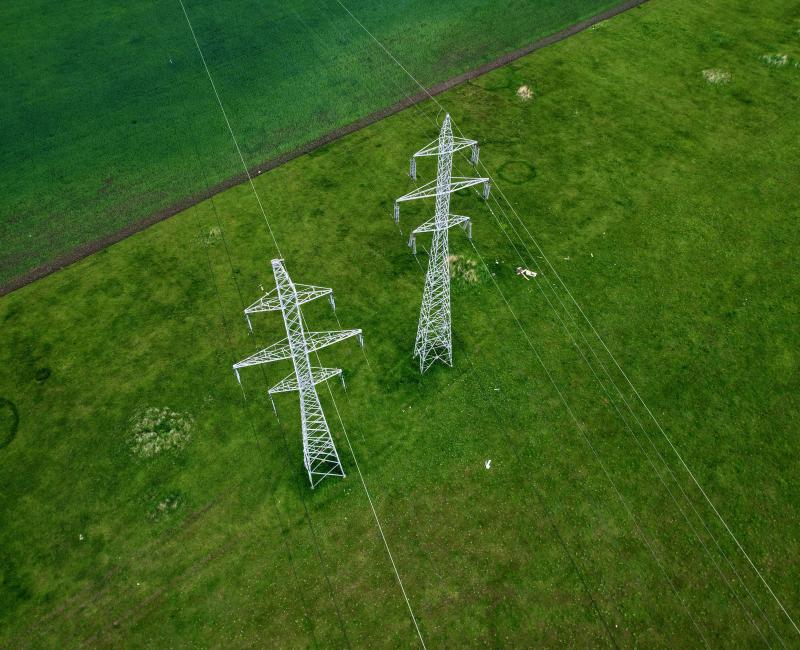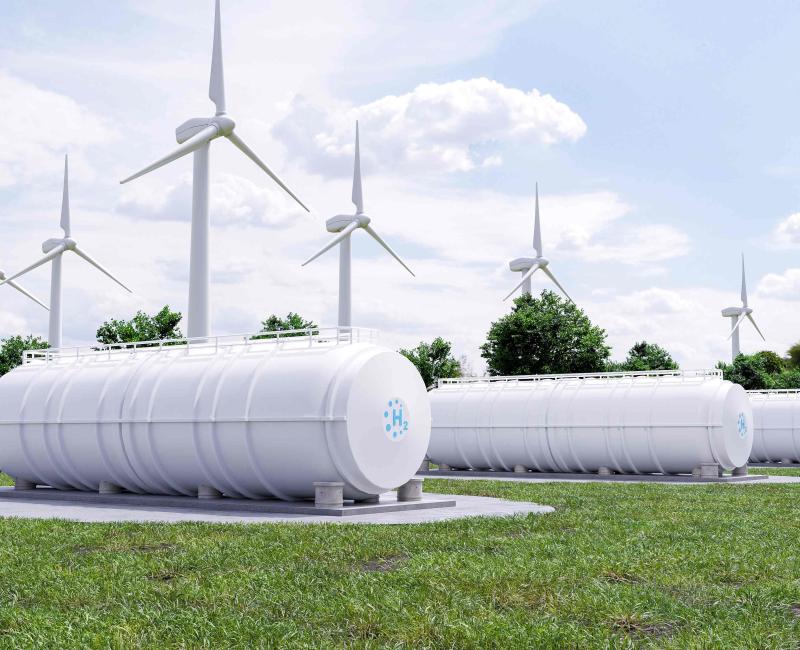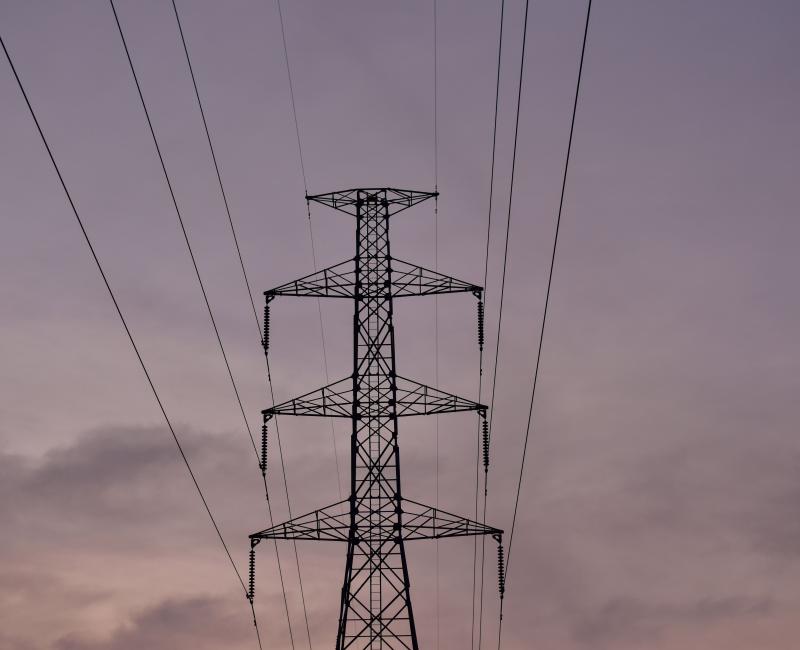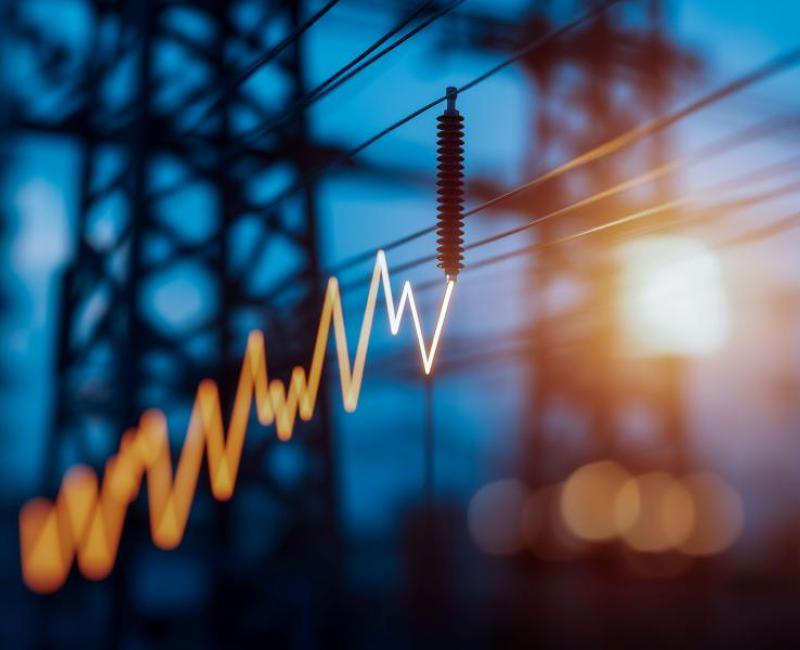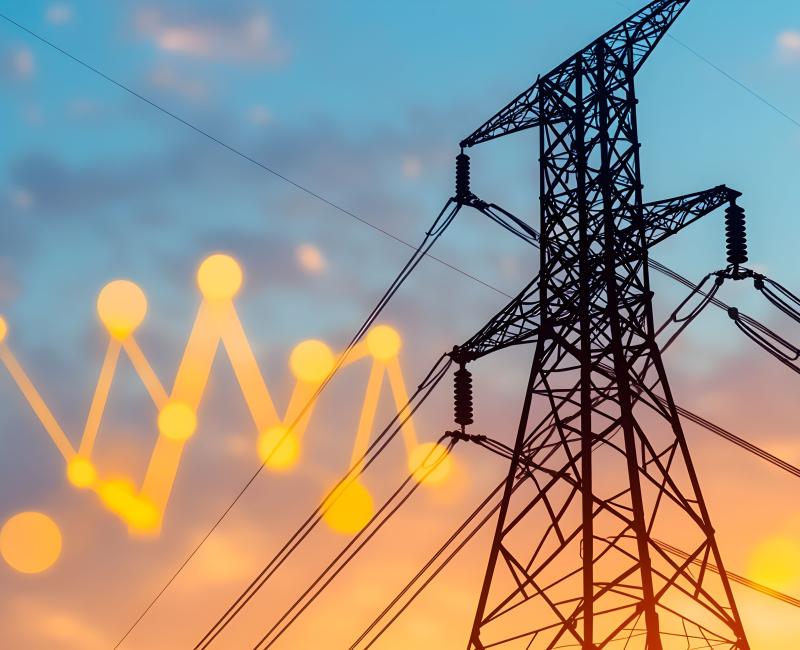Regulators request more time to decide on the minimum activation period of frequency containment reserves providers

Regulators request more time to decide on the minimum activation period of frequency containment reserves providers
What is it about?
On 3 December 2025, the national regulatory authorities of the Continental Europe Synchronous Area submitted to ACER a joint request for a six-month extension to decide on the transmission system operators’ proposal. This concerns the minimum activation period that frequency containment reserve providers with limited energy reservoirs must ensure in order to remain available during the alert state.
The countries of Continental Europe Synchronous Area are Austria, Belgium, Bulgaria, Croatia, Czechia, Denmark, Estonia, France, Germany, Greece, Hungary, Italy, Latvia, Lithuania, Luxembourg, the Netherlands, Poland, Portugal, Romania, Slovakia, Slovenia and Spain.
What is it about?
EU’s electric power systems operate at the frequency of 50 Hz. Any imbalance between electricity supply and demand causes the frequency to deviate. If not corrected quickly, this can lead to blackouts.
Frequency containment reserve is the first line of automatic response to such deviations. It is activated within seconds to stabilise the frequency and is provided continuously by power-generating or consuming assets (like batteries, hydro plants or demand response systems).
Some of these providers, especially batteries or demand-side resources, have limited energy reservoirs and can only respond for a short duration. The System Operation Regulation therefore requires a minimum activation time to ensure these resources remain available during the alert state.
What are the next steps?
ACER will review the regulators’ joint request and issue its decision by the end of January 2026.



